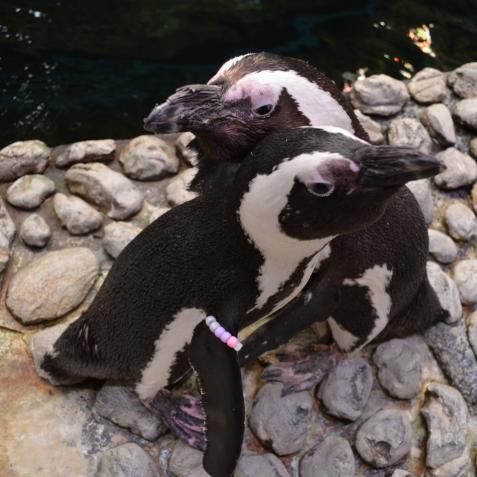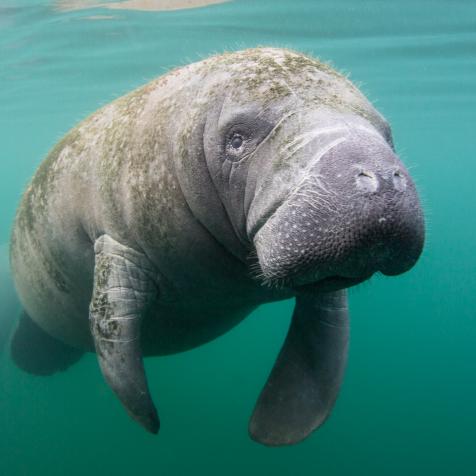
Meet This Unique Otter Species
A few months ago, Georgia Aquarium welcomed two new additions to their Asian small-clawed otter habitat. Triton, a 4-year-old female, and Han, a 3-year-old male, joined the Aquarium as part of the Association of Zoos and Aquariums’ (AZA) Species Survival Program (SSP).
The mission of AZA’s SSP is to manage species populations alongside AZA-accredited zoos and aquariums, Certified Related Facilities (CRFs), and Sustainability Partners. This cooperative management of species within the SSP helps create a genetically diverse and more sustainable population of those animals within zoo and aquarium environments.

Georgia Aquarium has several Asian small-clawed otters, but Han and Triton are the youngest and newest arrivals! Triton was born at the Columbus Zoo and then moved to the North Carolina Aquarium, at Fort Fisher, before coming to Georgia. Han came to Georgia Aquarium from Kansas City Zoo, where he was born.
Han and Triton have been acclimating to their new exhibit and slowly introduced to their trainers and the other Asian small-clawed otters in Georgia Aquarium’s care. Their trainers say they are quite active and are focused on teaching Han and Triton foundation behaviors to help in their care and long-term welfare.
.JPG.rend.hgtvcom.861.646.suffix/1651682899589.jpeg)
The Aquarium has multiple animal habitat spaces, including behind-the-scenes areas, to house different groups of Asian small-clawed otters. The other Asian small-clawed otters in Georgia Aquarium’s habitat have been moved behind the scenes to give Han and Triton time to adjust to their new space before being introduced. In addition, the current population of small-clawed otters at Georgia Aquarium, excluding Han and Triton, are geriatric and require more in-depth care. Keeping those otters in the behind-the-scenes areas not only gives Han and Triton time to learn their new environment but also gives the other Asian small-clawed otters more access to their trainers and any additional care they may need.













































































